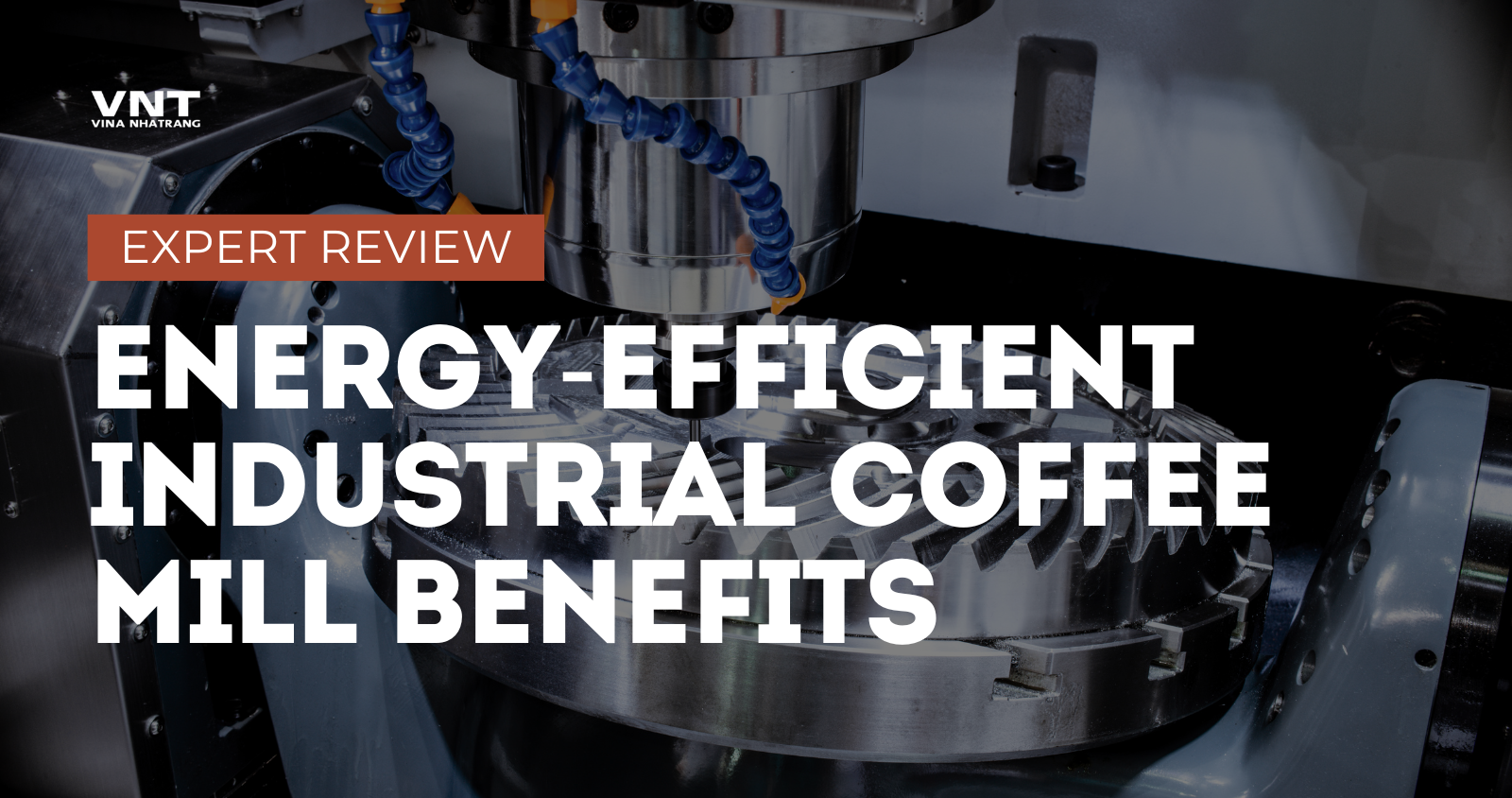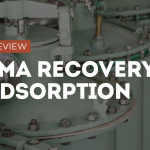Energy-efficient industrial coffee mills represent one of the most significant opportunities for operational savings. These advanced grinding systems not only reduce electricity consumption but also offer numerous benefits including lower maintenance costs, improved bean quality, and reduced environmental impact. This article explores how investing in energy-efficient coffee mill technology can substantially cut operational expenses while potentially improving your final product.
The Rising Energy Challenge in Coffee Processing
Coffee processing is inherently energy-intensive. Traditional industrial mills consume significant electricity, particularly during the grinding phase where machines operate at high speeds against considerable resistance. With energy costs continuing to rise globally, this consumption directly impacts the bottom line of coffee processors, roasters, and manufacturers.
Industry statistics show that energy expenses typically account for 15-20% of operational costs in coffee processing facilities. For large-scale operations, this translates to hundreds of thousands—sometimes millions—of dollars annually. The good news is that modern energy-efficient milling technology offers a clear path to reducing these expenses.
Understanding Energy Efficiency in Coffee Mills
Energy-efficient coffee mills incorporate several key technological innovations that reduce power consumption while maintaining or even improving grinding performance:
Variable Frequency Drives (VFDs)
Modern mills equipped with VFDs can adjust motor speeds according to the specific requirements of different coffee beans and grind sizes. Unlike traditional systems that run at constant high power regardless of need, VFD-equipped mills use only the necessary energy for each batch, reducing consumption by 20-30% compared to conventional models.
Advanced Burr Design
The cutting mechanism in coffee mills—typically steel or ceramic burrs—has been redesigned for energy efficiency. New precision-engineered burrs create less friction and require less force to achieve the same grind quality, translating directly to lower power requirements.
Heat Management Systems
Energy-efficient mills feature improved heat dissipation technologies that prevent overheating. This not only saves energy but also preserves coffee flavor compounds that can be damaged by excessive heat during grinding.
Smart Monitoring and Controls
Integrated sensors and AI-powered control systems optimize operations in real-time, ensuring machines operate at peak efficiency for each specific batch of beans.
Quantifiable Cost Savings
The financial benefits of upgrading to energy-efficient coffee mills extend beyond simple electricity bill reductions:
Direct Energy Cost Reduction
Case studies have shown that modern energy-efficient industrial coffee mills can reduce energy consumption by 30-50% compared to older models. For a medium-sized coffee processing facility consuming 500,000 kWh annually at $0.12 per kWh, this represents potential savings of $18,000-$30,000 per year on energy costs alone.
Maintenance Cost Reduction
Energy-efficient mills typically incorporate better components and more intelligent operating systems that reduce mechanical stress. This results in:
- Fewer breakdowns and emergency repairs
- Extended service intervals
- Longer overall equipment lifespan
These maintenance benefits typically translate to a 15-25% reduction in annual maintenance costs and less production downtime.
Production Efficiency Improvements
Beyond direct energy and maintenance savings, modern mills offer productivity benefits:
- Faster throughput with less energy consumption
- More consistent grind quality
- Reduced product waste
- Lower labor costs through automation
Quality Improvements Through Energy Efficiency
Interestingly, the same technologies that reduce energy consumption often improve coffee quality:
Temperature Control
Lower operating temperatures in energy-efficient mills better preserve volatile compounds in coffee beans. This results in better flavor retention and less oxidation during the grinding process.
Grind Consistency
Advanced burr designs and precision controls produce more uniform particle sizes, which leads to more consistent extraction in the final brewing process.
Reduced Static and Clumping
Improved grinding dynamics minimize static electricity generation, reducing clumping and improving flow characteristics of the ground coffee.
Environmental Benefits and Marketing Advantages
The reduced energy consumption of efficient coffee mills directly translates to a smaller carbon footprint. For coffee brands focusing on sustainability, this provides concrete environmental credentials to share with increasingly eco-conscious consumers.
Many companies have successfully leveraged their investments in energy-efficient processing equipment in their marketing, appealing to environmentally concerned consumers and often commanding premium pricing as a result.
Choosing the Right Energy-Efficient Mill
When considering an upgrade to energy-efficient milling equipment, coffee processors should evaluate:
Return on Investment Timeline
While energy-efficient mills typically cost 15-30% more than conventional alternatives, the payback period is often surprisingly short—typically 1.5 to 3 years, depending on production volume and local energy costs.
Compatibility with Coffee Varieties
Different coffee origins and roast profiles may benefit from specific grinding technologies. The ideal energy-efficient mill should be versatile enough to handle your full production range.
Scalability
As your operation grows, can the milling system scale accordingly? Modular systems that allow for capacity expansion offer better long-term value.
Implementation Strategies
For companies looking to transition to energy-efficient coffee mills, a phased approach often works best:
- Conduct an energy audit of current milling operations to establish baselines
- Run pilot programs with new equipment to quantify actual savings in your specific operation
- Develop a multi-year replacement plan, prioritizing the least efficient existing equipment
- Consider financing options that allow energy savings to offset monthly payments
Conclusion
Energy-efficient industrial coffee mills represent a significant opportunity for processors to reduce operational costs while potentially improving product quality. With potential energy savings of 30-50%, reduced maintenance requirements, and quality improvements, the business case for upgrading to modern, efficient milling technology is compelling.
As energy costs continue to rise and consumers increasingly value sustainable production methods, investments in energy-efficient processing equipment will likely become not just a cost-saving measure but a competitive necessity in the coffee industry. Processors who make these investments sooner rather than later will enjoy both immediate operational benefits and a strengthened position in an increasingly sustainability-focused market.




